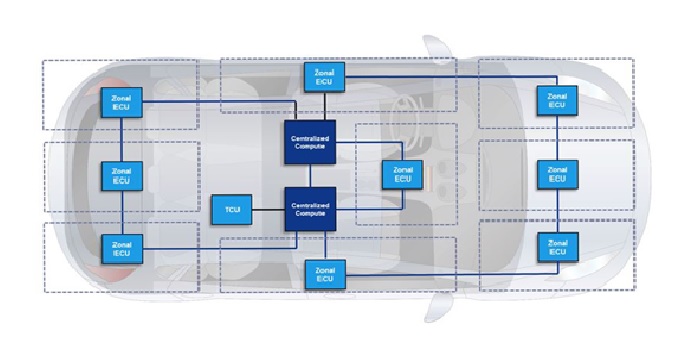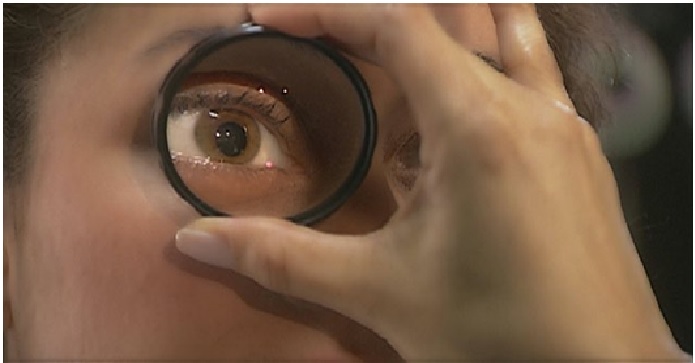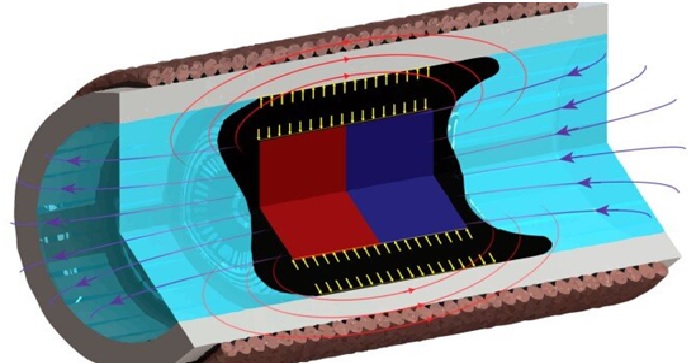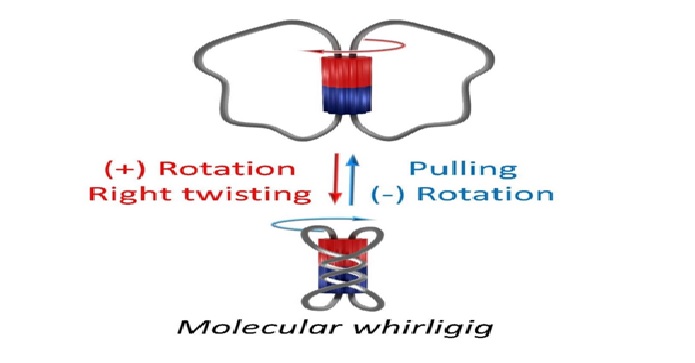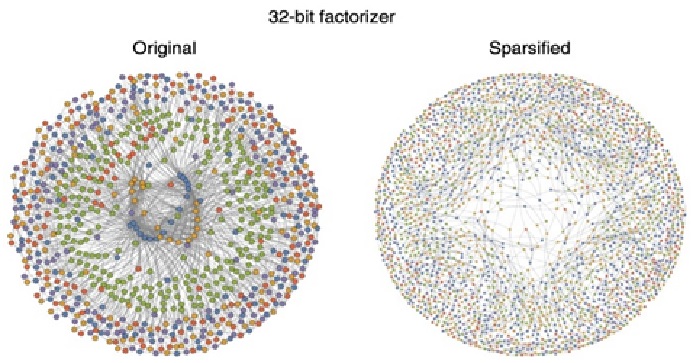Driving India’s EV future – 2 wheels at a time
Experts expect an enormous leap in urban bicycle use in the next few years - thanks to increasingly powerful and convenient e-bikes, thanks to bike sharing and thanks to improved infrastructure with safe cycle paths and bicycle parking garages. The Kantar study predicts that bicycle traffic in major cities worldwide will increase by 18 percent by 2030. No other sector is growing faster.
According to the study, good old walking will grow by 15 percent, and public transport by 6 percent. Practical and healthy cycling fits in with expert Hans-Peter Kleebinder's vision of the future: "Mobility should be fun again, simply function and at the same time make our lives easier." Everyone benefits from the trend towards cycling. [1]
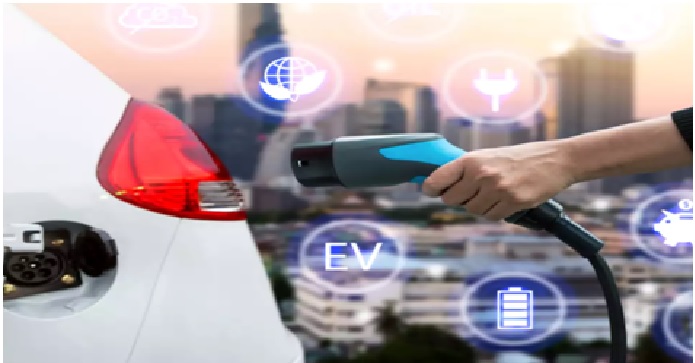
Figure 1. Driving India’s EV future – 2 wheels at a time
Figure 1 shows the major challenge in the electric vehicle market is the awareness of EVs for adopters. The next-generation buyers (GenZ & millennials) pay more attention to innovation, and they need a ride that can match their level of excitement and energy. They look for chic colours & innovative design topped with a comfortable ride experience. Bringing forward some of the features of an electric two-wheeler scooter include:
- Less charging time.
- IoT enabled and Bluetooth connected.
- Better acceleration.
- Distinctive ground clearance & better ride experience.
- Low maintenance.
Centre and State governments have been pushing for cleaner electric vehicles. India’s target is to sell 30% private cars, 70% commercial vehicles, 40% for buses, and 80% for 2-3 wheelers by 2030. The government has given exemptions and made policies to consider buying EVs. GST has been reduced to make buying easier for consumers. EV manufacturers will also get a boost and encouragement from the government in the form of subsidies & incentives. From pre-covid times, EV two-wheelers sales have gone up by 132%. [2]
According to rating agency ICRA, close to Rs 22000 crore has been committed to the electric two-wheeler space, including the auto component makers for the coming 3-5 years and this is only set to go up. The absence of a local components ecosystem has been the Achilles' heel for the sector so far. The center has been pushing for higher localisation for companies to continue receiving subsidies, but local parts were difficult and expensive to come by as parts makers weren’t convinced enough in the EV narrative to invest in local manufacturing. [3]
References:
- https://www.ispo.com/en/trends/five-major-urban-mobility-trends-future
- https://www.financialexpress.com/auto/electric-vehicles/driving-indias-ev-future-2-wheels-at-a-time/2476356/
- https://economictimes.indiatimes.com/industry/renewables/going-electric-is-the-ev-two-wheeler-buzz-real-or-imaginary/articleshow/88638568.cms?from=mdr
Cite this article:
Thanusri swetha J (2022), Driving India’s EV future – 2 wheels at a time, AnaTechMaz, pp.226




